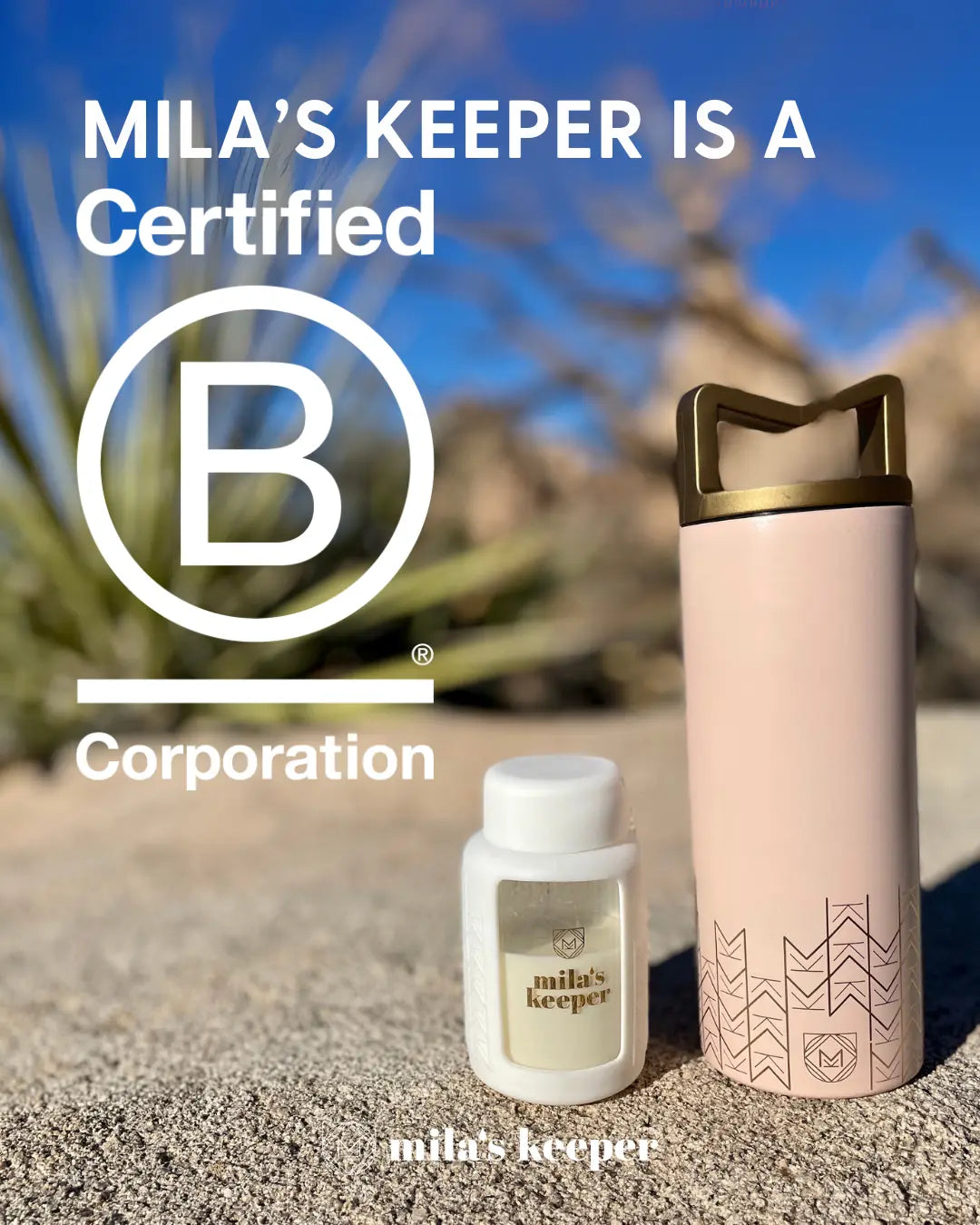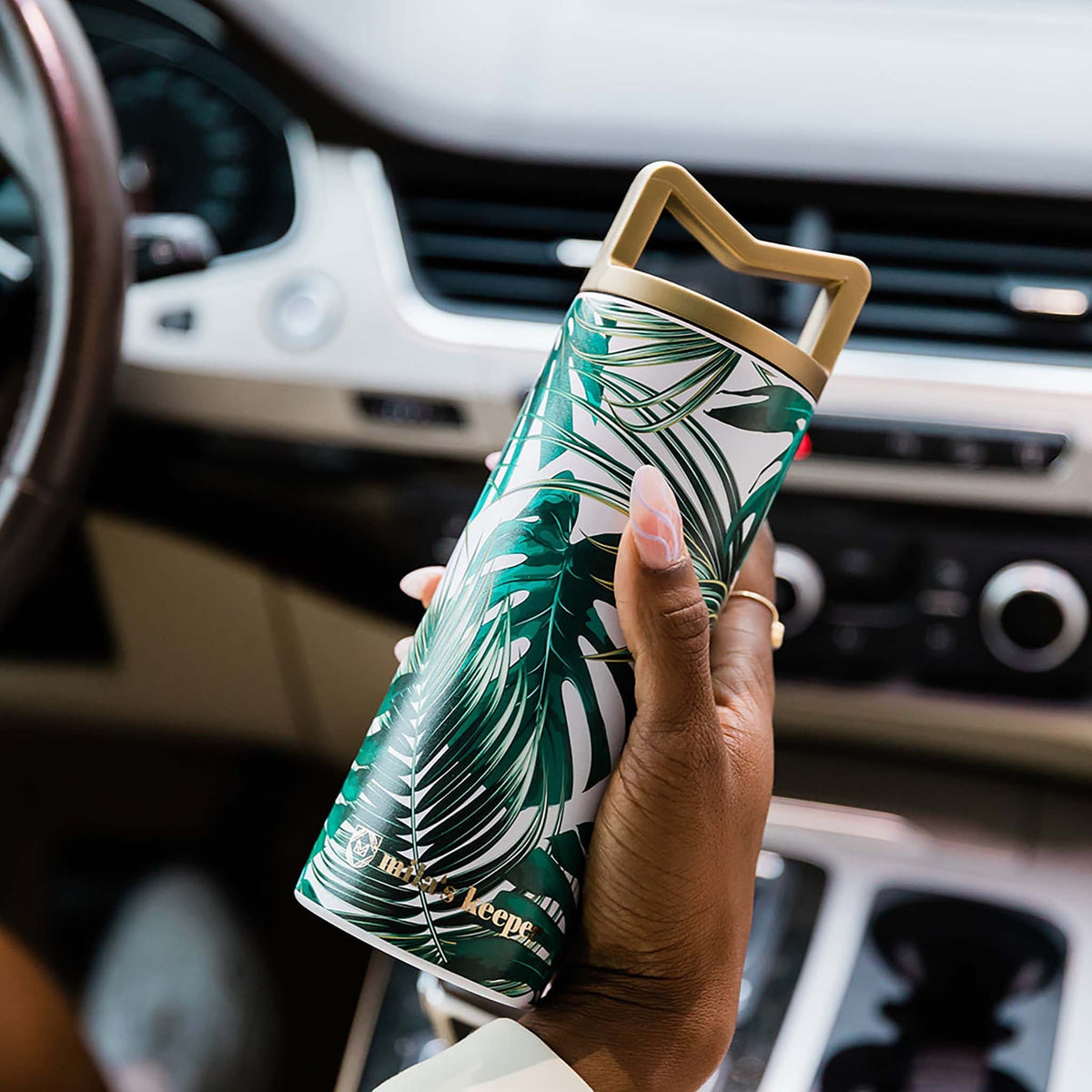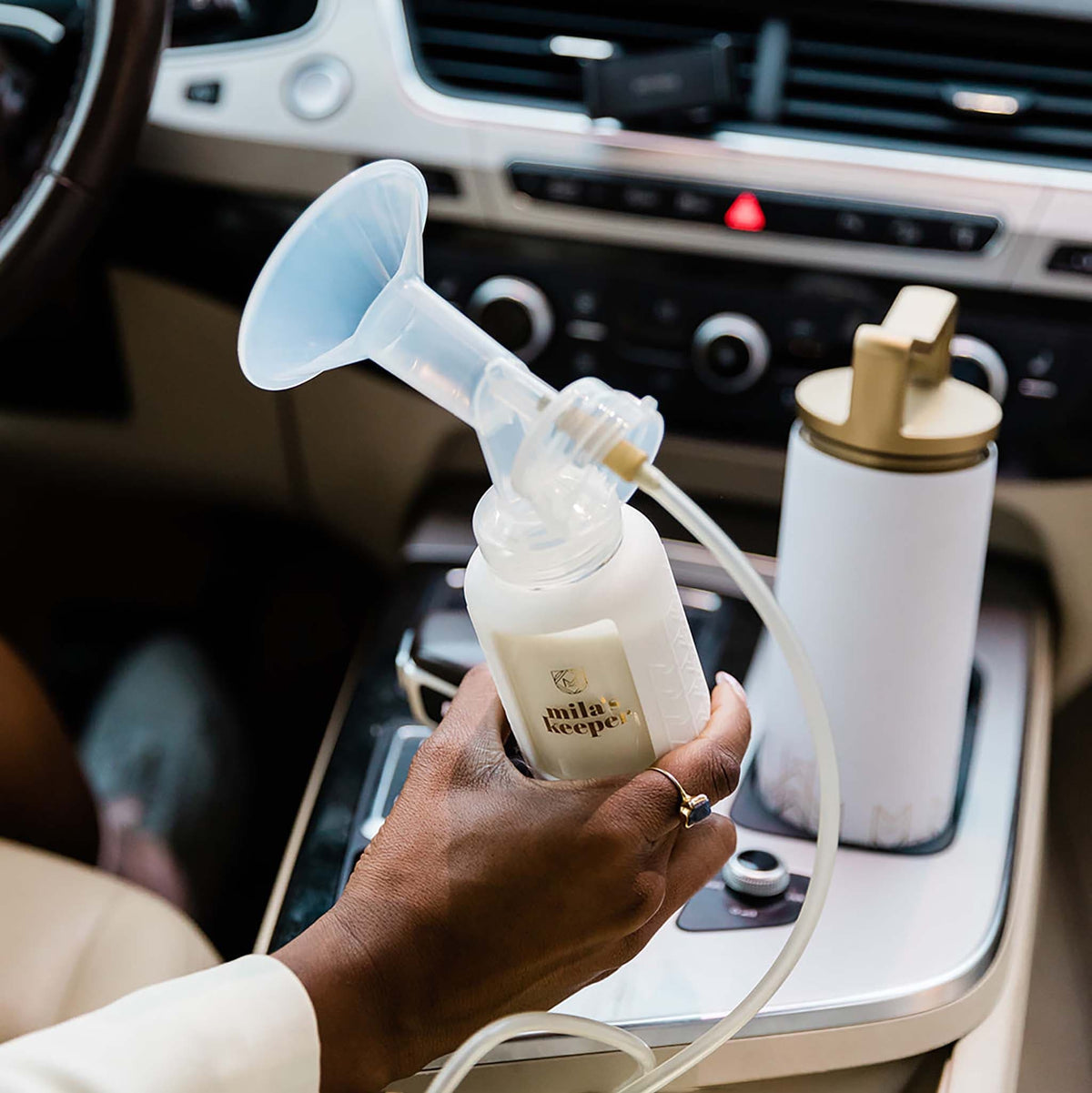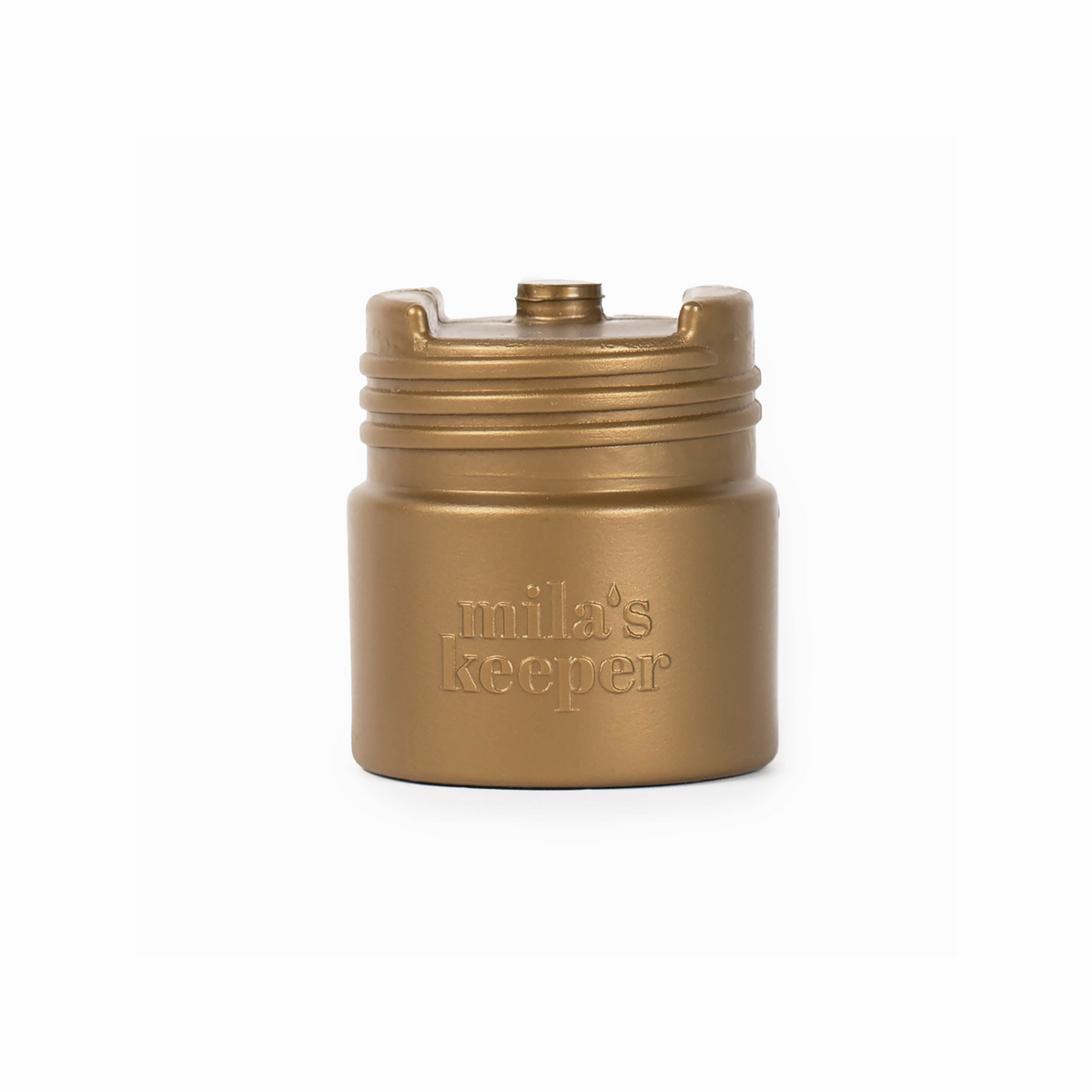The Importance of Paid Leave for New Parents
Adjusting to life with a newborn is one of the most exciting yet challenging transitions a family can experience. Having access to paid leave for new parents can make a big difference in ensuring a smooth adjustment, providing time for bonding, healing, and adapting to the demands of parenthood.
Research shows that paid parental leave significantly impacts parents’ physical, emotional, and financial well-being. Parents with paid time off are more likely to recover fully from childbirth, establish breastfeeding, and reduce stress during the postpartum period. For families, the availability of maternity leave benefits can mean the difference between thriving during this period or struggling to make ends meet.
This guide will walk you through what paid leave for new parents entails, the policies in place, and how to make the most of the time and benefits available to you.
What Is Paid Parental Leave?
Paid parental leave is a workplace benefit that allows parents to take time off after the birth or adoption of a child while still receiving a portion of their wages. The goal of paid family leave benefits is to ensure that parents can focus on caring for their child without the immediate financial stress of losing income.
There are several types of parental leave:
- Maternity leave, which applies to birth mothers recovering from childbirth.
- Paternity leave, designated for fathers or partners.
- General family leave, which may include adoptive or foster parents.
What is paid parental leave compared to unpaid leave? Paid leave provides financial support, often through state programs, employer policies, or short-term disability insurance. However, access and benefits vary significantly depending on your state, employer, and the federal protections in place.

The Difference Between Paid Leave and Unpaid Leave
There’s a big difference between paid vs. unpaid leave, and it’s something you need to pay attention to when you’re preparing for the arrival of a baby. While some parents have access to unpaid parental leave through the Family and Medical Leave Act (FMLA), this federal law doesn’t guarantee any income during time off.
Under FMLA, eligible employees can take up to 12 weeks of unpaid leave for childbirth, adoption, or family medical issues. To qualify, you must work for a company with 50 or more employees and have logged at least 1,250 hours in the previous year. While FMLA offers job protection, the lack of income can make it difficult for many families to take full advantage of the benefit.
This gap highlights why paid parental leave is so important. It provides financial security during the postpartum period, allowing parents to focus on their family rather than worrying about bills or returning to work too quickly.
How to Apply for Paid Leave
Navigating the paid leave application process can feel overwhelming, but a little preparation can make it easier. Here’s a step-by-step guide for how to get paid while on maternity leave:
- Review Your Benefits: Check with your HR department or state website to learn about your eligibility for paid family leave benefits. Some employers offer paid leave policies, while others rely on state programs or short-term disability insurance.
- Gather Documents: You may need to provide a birth certificate, medical documentation, or adoption papers as part of your parental leave paperwork.
- Submit Your Request: Apply through your employer or state program. Be mindful of deadlines—some programs require notification weeks or months in advance.
- Communicate with Your Employer: Discuss your leave plans with your supervisor and HR team, ensuring everyone understands your timeline and return-to-work expectations.
By staying organized, you can navigate the paid leave application process smoothly.

States Offering Paid Family Leave
Currently, thirteen states and the District of Columbia have implemented comprehensive paid family leave benefits. These include:
- Paid maternity leave California: Provides up to 8 weeks of paid leave at approximately 60-70% of wages, funded by employee payroll taxes.
- New York: Offers 12 weeks of paid leave at 67% of weekly pay.
- New Jersey: Provides 12 weeks of leave, with benefits covering up to 85% of wages.
- Rhode Island and Washington also have robust programs, with varying levels of compensation.
If you live in one of these states with paid family leave, visit your state’s labor department website to learn how to apply for and access benefits.
Maximizing Your Paid Leave Benefits
To make the most of your paid parental leave, consider these tips:
- Combine Benefits: Many parents can extend their leave by combining employer-provided paid time off (PTO), such as sick days or vacation, with state leave benefits.
- Plan Financially: Use your leave time to budget for your family’s needs, accounting for any reduced income during this period.
- Prepare for Your Return: As your leave ends, ease the transition by discussing flexible hours or remote work options with your employer.
By strategizing, you can effectively maximize paid leave and create a smoother adjustment for your family.
Paid Leave for Fathers and Non-Birth Parents
Paid leave isn’t just for mothers—it’s a vital resource for fathers, adoptive parents, and same-sex couples too. Paternity leave benefits allow fathers to bond with their child and support their partner during recovery. Research shows that fathers who take paid leave are more engaged in caregiving long-term.
Similarly, parental leave for adoptive parents ensures they have the time to build connections and establish routines with their child. If your employer doesn’t explicitly offer paid leave for fathers or non-birth parents, don’t hesitate to advocate for equal benefits.
How the U.S. Compares to Other Countries on Paid Parental Leave
Compared to other nations, unfortunately paid parental leave in the U.S. lags significantly. This is something you’re probably aware of by now, with comparisons to other countries regularly showing up in viral videos and parenting articles. Countries like Sweden, Canada, and Germany provide generous leave policies. For example:
- Sweden offers 480 days of paid leave, split between parents.
- Canada provides up to 15 months of job-protected leave, with partial wage compensation (up to 55%).
- Germany allows parents to take up to 14 months of leave at 65% of their earnings.
In contrast, only a small fraction of U.S. parents have access to comprehensive paid family leave benefits. According to the U.S. Bureau of Labor Statistics:
“In March 2023, 27 percent of civilian workers had access to paid family leave and 90 percent had access to unpaid family leave. Twenty-seven percent of private industry workers had access to paid family leave and 89 had access to unpaid family leave. Among state and local government workers, 28 percent had access to paid family leave and 94 had access to unpaid family leave.”

The Impact of Paid Leave on Mental Health and Family Well-Being
The benefits of paid leave and mental health are profound. The U.S. is one of the few countries without national paid leave, leaving over 100 million workers without guaranteed time off to care for their families. This hits low-wage workers and people of color the hardest, especially Black and Latino families. Paid leave helps moms and babies stay healthy, lowers stress, reduces infant mortality, and even boosts breastfeeding and recovery after birth. It also supports dads getting involved and families navigating tough moments like miscarriages or stillbirths. For children, having parents at home during the first few months leads to better developmental outcomes.
Expanding paid family leave benefits is about more than financial support—it’s about fostering healthier, happier families and giving parents the time they need to adjust to this major life change.
Advocating for Better Paid Leave Policies
Access to paid parental leave shouldn’t be a luxury—it’s a necessity for every family. By supporting policies that expand leave benefits and improve accessibility, we can create a stronger foundation for parents and children alike.
If you’re passionate about expanding paid leave advocacy, consider joining organizations that push for change at the state and federal levels. Together, we can advocate for a future where all parents have the time and resources to thrive.
Keep Reading related blog: Maternity Leave in the US as Compared to Other Countries
--
A female-designed and female-run company, Mila's Keeper is on a mission to empower women to thrive during their breastfeeding journey by offering reusable, eco-friendly breast milk storage solutions for their day-to-day needs. Get the latest tips and info on Mila's Keeper products by following us on Facebook, Twitter, Instagram, Pinterest, and LinkedIn.























